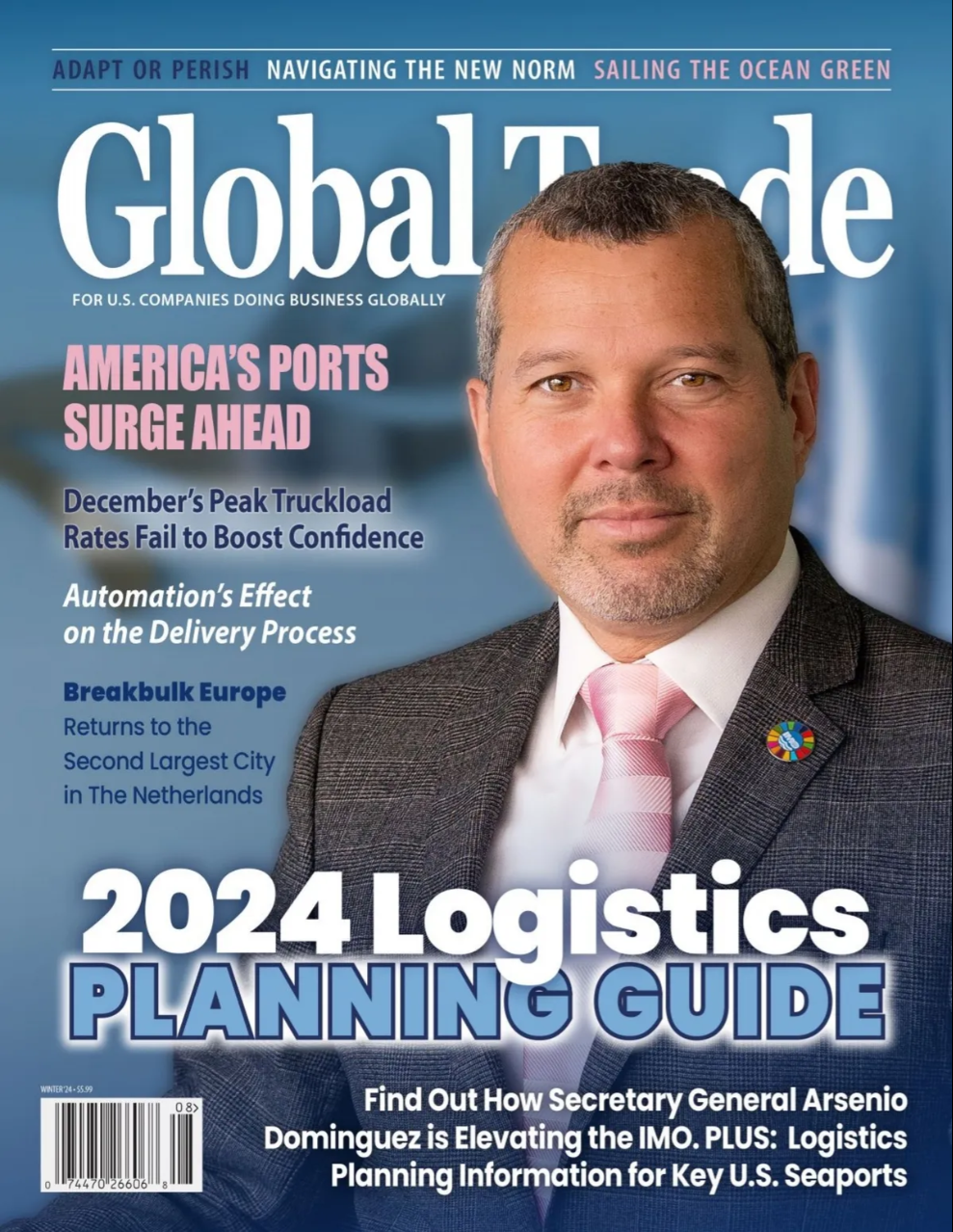It seems like just yesterday ‘The Great Resignation’ was the biggest phenomenon being experienced and discussed across virtually every industry. Now, however, there is a whole new trend happening in the workplace that is swiftly gaining traction with employees: quiet quitting. Countless news outlets are currently abuzz with this topic, and many business owners are now wondering what this movement is all about. A lot of company leaders are also labeling “quiet quitting” a “problem” and trying to figure out how to prevent it from happening in their enterprise.
Are you worried about quiet quitting happening in your own business? Do you want to know the signs that your employee is quiet quitting and what it means? Well, in my own journey as the co-founder and Operating Partner of CiteMed, I have seen other business leaders in my network experience quiet quitting in their own enterprise. Here is what to know about this movement and where the “problem” actually lies:
What Exactly is Quiet Quitting?
Let me say this first: quiet quitting has always been seen in the workforce — it just wasn’t a popular topic until a TikToker posted a video about it that went viral in July 2022. In the video, he says that when you quiet quit, you don’t outright quit your job; you just quit the idea of going above and beyond at work, as your life isn’t defined by your work output. So basically, when an employee quiet quits, they perform the duties they are being paid to do but don’t take on additional projects or responsibilities, strive to over-achieve, or allow their work to cause them any stress in their personal lives.
Signs an Employee Has Opted to Quiet Quit
It is quite easy to tell if your employee has quiet quit at work. Do they log off their computers or leave the office at the exact same time every day? Do they refuse to work more than the eight hours a day they were hired to do, even if projects are not yet complete? Do you ever ask them to take on additional tasks and they flat out tell you “no” without explaining why? Do they show no interest in team bonding activities outside of work hours? If you answered “yes” to any of these questions, then your employee has likely quiet quit.
How the COVID-19 Pandemic Boosted the Quiet Quitting Phenomenon
While quiet quitting has always been apparent in the workforce, I definitely believe that it has increased since the pandemic began. This is because the pandemic forced employees to stay at home for long periods of time, which gave them a lot more time to reevaluate their lives and what they consider to be the most important for their overall fulfillment. They also have seen their peers join the Great Resignation that stemmed from the pandemic, which showed them that they too are not stuck in the companies they work for.
Employees are now in the driver’s seat and know companies are desperate to prevent the high turnover that is seen in virtually every industry. So these employees know they can work the minimum they are expected to work without being fired.
Are Certain Age Cohorts More Likely to Quiet Quit Than Others?
Gen Z and millennials are definitely more susceptible to quiet quit than older generations. This is because they are much more connected on social media networks, where they are heavily influenced by others who post their journeys of quiet quitting and finding paths towards greater life fulfillment. Older generations will stay and grow with the same company for decades because they place high importance on security and comfort, while Gen Zers and millennials have no issue leaving jobs that don’t make them feel fulfilled.
How Quiet Quitting Varies Between Work Operation Models
Remote workers are much more susceptible to quiet quit than in-person employees. This is because those who work from home can easily turn off their laptops or computers for the day once the clock hits 5pm, while in-person employees can have trouble saying “no” when their bosses ask them face-to-face if they can work late. Also, in-person employees can be influenced to work longer hours when they see their coworkers also working longer hours.
STOP Calling Quiet Quitting a “Problem”
While I believe that quiet quitting is very apparent all over the workforce right now, I wouldn’t label it a “problem”. Employees are just standing up for their rights and ensuring they are not being taken advantage of by the businesses and large corporations they work for. And why should employees be expected to work more and take on more projects than they are being paid to do? Why should they “go above and beyond” for companies that don’t compensate them for it?
Quiet quitting isn’t the problem — the main issue is these businesses that think it’s fine to overwork their employees without giving them a pay raise. This is what causes a major drop in employee morale and costly turnover for businesses. Employees want to work for businesses that care about them. Thus, the real changes need to happen in the companies’ operations — if projects will require longer hours or more manpower, businesses should hire a contractor or give their employees a pay raise to incentivize them to take on the extra work.
Find the Opportunity When an Employee Quiet Quits
Staff members are the backbone of a company, and their wellbeing should be of utmost importance to any business leader. Quiet quitting is an employee’s way of ensuring that they can maintain a healthy work-life balance while still doing the required work they are being paid to do. That said, if you notice that a staff member is showing any of the aforementioned signs of quiet quitting, this can be a real opportunity to enact positive change in your enterprise and enhance employee loyalty across your whole organization.
For example, quiet quitting can be a sign that you are not giving your staff members enough opportunities to level up their careers with exciting promotions and associated pay increases. Providing these opportunities can really enhance your employees’ morale and pique their interest in excelling in their positions and growing with your company.
Or, quiet quitting can be a sign that your work culture has become stale and boring, which could lead to other staff members actually flat out quitting to pursue positions at other companies. So it would be in your best interest to set up fun events and employee engagement initiatives that will help create a positive culture in your enterprise.
To Wrap It All Up
Quiet quitting is a major movement happening in workplaces across virtually every industry. However, rather than calling it a “problem”, it can be a major indicator of issues in a company’s overall operations and culture. So quiet quitting really presents an opportunity for business leaders to enact positive change in their enterprise.
Author’s Bio
Ethan Drower is the Co-Founder and Operating Partner of CiteMed, which is revolutionizing the European Union Medical Device Regulation (EU MDR) process. Literature Search and Review is the cornerstone of medical device companies’ Clinical Evaluation Report, and CiteMed has made this process more streamlined and optimized than ever. The CiteMed team was formed to deliver a high volume of beautifully written and formatted Literature Reviews on timelines that will enable companies to meet their EU MDR goals. CiteMed’s top goal is to help companies get their medical products to market as quickly as possible, all while maintaining state-of-the-art compliance with the European Commission regulations. A renowned business expert, Ethan educates others on the fundamentals of launching a successful software product, tips for aspiring entrepreneurs, and more. www.citemedical.com






